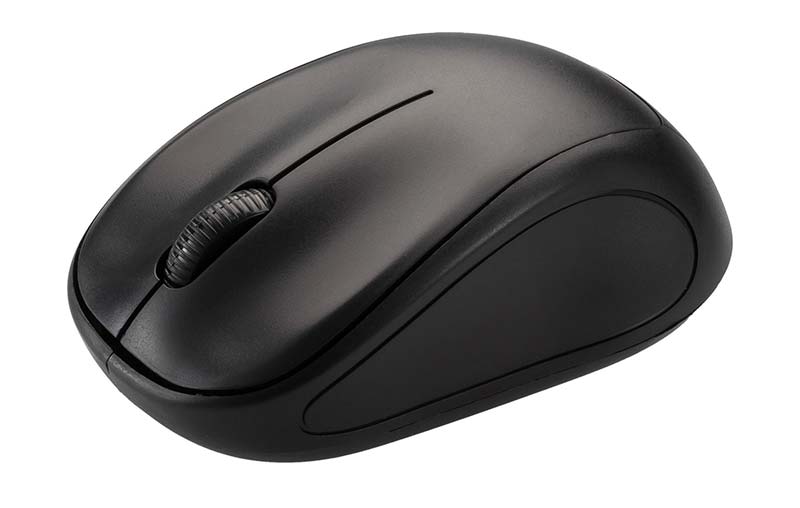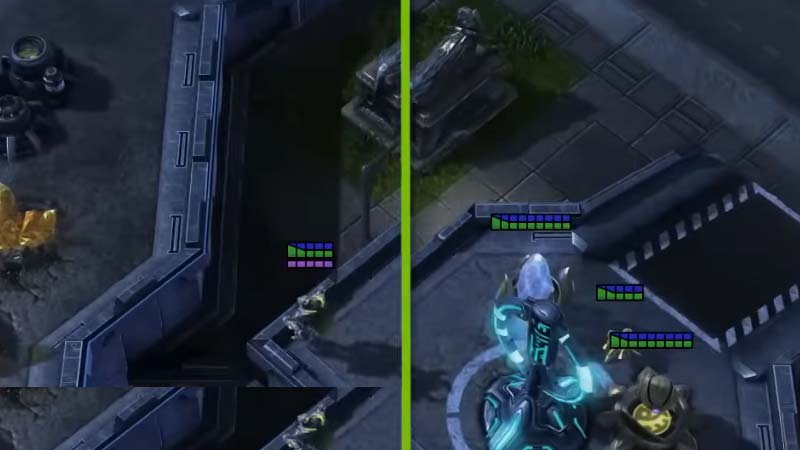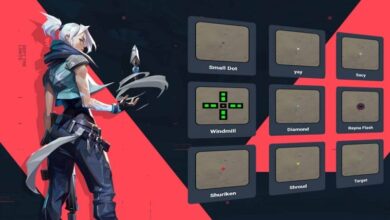Does Gsync Cause Input Lag? (2023)
In this guide we will look closer Gsync’s Input lag issue. You’ll find the answers of “Does Gsync cause input lag?” question.
Does Gsync Cause Input Lag?
Simply, G-Sync is a technology created by NVIDIA to synchronize the refresh rate. This eliminates screen tearing and reduces stuttering during gameplay. G-Sync can help to improve the overall gaming experience, it can also introduce some input lag.
Input lag is the time it takes for the command you give in the game to be realised on the screen. This could be pressing a button, moving a mouse, etc. G-Sync can cause varying levels of input lag. There are several important reasons for its occurrence:
- Game
- Video card
- Monitor
In general, enabling G-Sync can introduce a small amount of input lag, usually around 1-2 milliseconds. However, for most players, this input lag is negligible. It does not affect the game experience.

Minimum input lag is a must for competitive players. G-Sync or a monitor with a higher refresh rate and lower input lag should be considered.
It is important to consider other factors that can cause input lag. Optimizing your system for the lowest possible latency is key to maximize the gaming performance.
You may be interested: Fallout 76 – How to fix input lag and disable vSync?
What increases input lag?
There are several factors that can increase input lag in gaming:
- High graphics settings or resolution: Increasing the graphics settings or resolution in a game can increase the render time.
- G-Sync incompatible monitors: Older monitors are often incompatible with Gsync and can cause screen tearings.
- Network latency: Online games rely on internet connections to communicate between players, which can introduce network latency and increase input lag. This can be particularly problematic in first person shooters and fighting games.
- Display settings: Certain display settings, such as motion blur or image processing, can increase input lag.
- Wireless peripherals: Wireless controllers or your gaming mouse can add input lag compared to wired peripherals.

How to fix input lag on TV?
There are several ways to fix input lag. You can find some of our advices below:
- Enable Game Mode
- Reduce graphics settings
- Use a wired connection
- Adjust display settings
- Use a gaming monitor
PC Gaming FAQ
Game mode is a feature found on many modern televisions and monitors. It is designed to optimize the display settings for gaming. This typically involves disabling image processing and reducing input latency to provide a smoother, more responsive gaming experience.
Refresh rate refers to the number of times per second that a monitor can display a new image. Higher refresh rates can improve gaming. They reduce screen tearing and provide a smoother gaming experience.
Nvidia G-Sync controls synchronise of the refresh rate of your monitor and the frame rate of your graphics card. This eliminates screen tearing and reduces stuttering during gameplay. While it can introduce some input lag, the benefits typically outweigh the drawbacks for most gamers.

Nvidia has developed a technology called Fast Sync. It can help to reduce screen tearing. It introduces less input lag than G-Sync.
The technology works by enabling the graphics card to render frames faster than the display can show. It then discards unnecessary frames to ensure the display is synchronized.
High input lag can cause problems mostly for the first person shooters. Delays on the screen can cause your death.
Response time measures of how quickly a pixel on a monitor can switch from one color to another. It is an important factor when considering the performance of a monitor. Lower response times can help to reduce motion blur and provide a smoother. With the lower response time your gaming experience will be better.
A gaming monitor is specifically designed for gaming. Tee enhance the gaming experience features that , such as high refresh rates, low input lag, and fast response times.
Microsoft has released the Xbox Series X and Series S, their latest gaming consoles. They are designed to give gamers an excellent experience, including advanced graphics and fast loading times.
Increasing graphics settings or resolution in a game can slow down the graphics card. This can lead to increased input latency. Ultimately, it can reduce the gaming experience.
Video games are interactive digital experiences. Players control a character or avatar within a virtual world. There is usually a goal to achieve or a narrative to complete.
In this giude, we answered the question “Does Gsync Cause Input Lag?” in all aspects. If you have any other questions about the G-Sync, you can share them in the comments.




